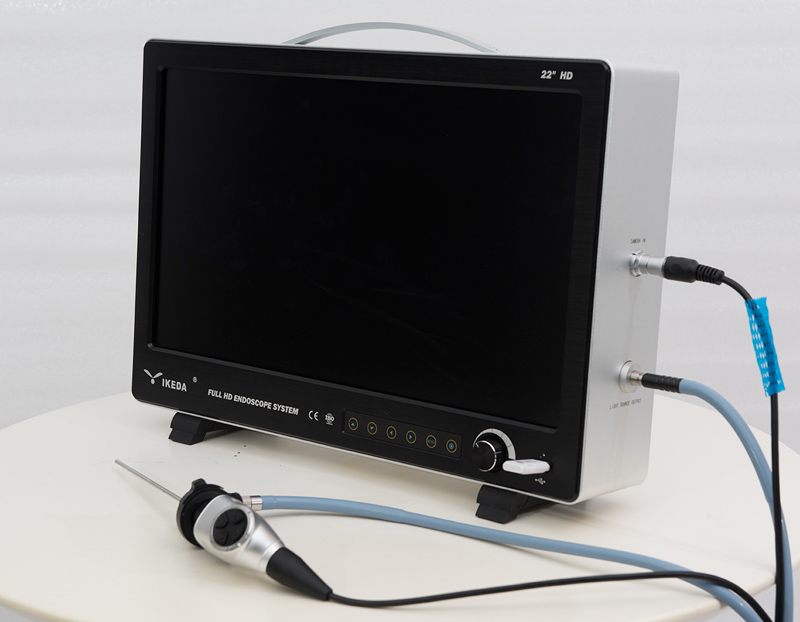Veterinary endoscope is mainly used to check the digestive system, respiratory system, reproductive system and other diseases of animals. Using special tools, it can treat and remove foreign bodies swallowed by animals as well as surgery and orthopedics. Veterinary Endoscope Manufacturers Introduce Endoscopy Procedure in Dogs.
Your dog will need to be clear of all foods and fecal matter before a gastrointestinal endoscopy is performed. Depending on the internal location of the endoscope inspection, a full 12 to 18 hour fast will be required of your dog to clear their system. At least one enema may be required before the procedure. Depending on the size of your dog and fullness of intestinal tract, more may be necessary.
Because an endoscopy allows for full viewing of the esophagus, stomach, intestinal tract, and/or colon, your dog will be under anesthesia during the procedure. Most dogs only require a short-acting anesthesia.
An endoscope is a finite tool with a tiny camera or open-ended view point to view the tract as the scope enters and travels through the dog’s body. The endoscope will be inserted into your dog’s stomach or intestinal tract through the mouth or the rectum and advanced to visualize the required area. If a biopsy or removal of a foreign body is required, an additional device can be passed through the endoscope to perform other procedures as needed.
Efficacy of Endoscopy in Dogs
Endoscopy is the best method for discovery and a definitive diagnosis when inspecting for clear reasons. An endoscope gives your veterinarian a full-color view in real time of the tracts which require inspection. A pathologist will want to review the findings as well, but with an endoscopy, your veterinarian will be able to have a full view of any trouble areas. If your dog is experiencing stomach or esophageal issues, an endoscopy will give a color view of matters as well as the means to remove any foreign object blockage. If tumors are present, the endoscope can act as a cell retrieval tool for a biopsy on the spot. For other issues, an endoscopy can provide the internal view your pet cannot talk about. Ulcers can be painful, but treated with medications and diet changes. An endoscopy can be useful in diagnosing those conditions which can be healed with special diet and medications.
